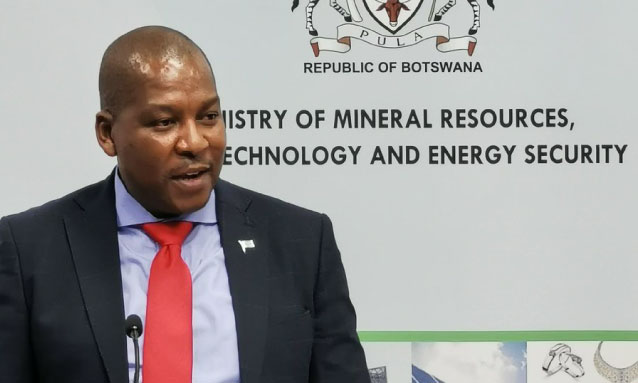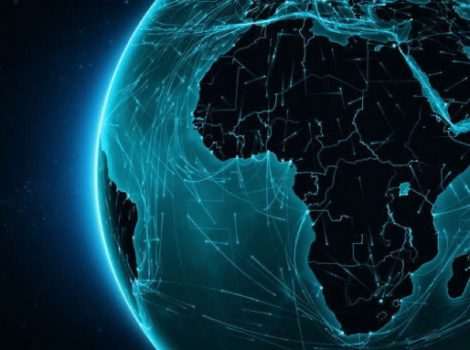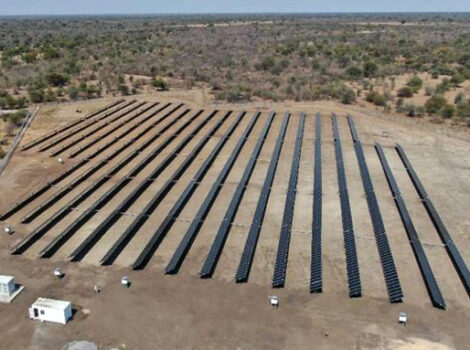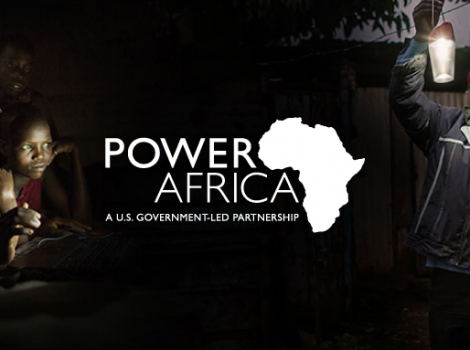
Botswana has published its plan to develop its power sector to 2040, with coal dominating initially before being replaced by solar. The new power generation strategy confirms it will boost the contribution from renewable energy resources to its total energy supply mix to at least 15% by 2030, although coalbed methane will also play a key role and coal investments will continue, at least in the short term.
The plan is in line with various policies set out by the government, including Vision 2036 and the 11th National Development Plan (NDP). The IRP aims to secure 1,540 MW of new capacity by 2040. Botswana aims to meet growing energy demand while reducing its carbon footprint. Most domestic power comes from the Morupule coal-fired power plant.
Launching the Government’s 2020-2040 Integrated Resource Plan (IRP) this week, Lefoko Moagi, Minister of Mineral Resources, Green Technology & Energy Security, said renewables currently contribute just 2% of energy supplies. He said the aim is to reduce Botswana’s dependence for electricity on neighbouring countries South Africa and Mozambique, as well as to reduce its carbon footprint and, potentially, become a net exporter of energy. The official IRP launch came a few weeks after President Mokgweetsi Masisi had outlined the broad scope of the country’s energy supply initiative.
Inefficiencies
Demand for electricity often exceeds supply, which results in load shedding, the use of back-up diesel power plants plus electricity imports through the Southern African Power Pool.
Botswana has a total installed generation capacity of 852 megawatts, with peak daily demand running at about 600 MW. However, the country’s power plants are not efficient, and it currently imports — mainly from Namibia and South Africa — more than 50% of its needs, draining government coffers. Moagi said the plan aims to generate sustainable jobs and increase foreign direct investment, stressing that “all the IRP projects will be procured on independent power producer basis using open international competitive bidding”.
According to a statement from the Energy Ministry, Gaborone “has approved or is implementing” projects with a total installed capacity of 1540 MW that are due online by 2040. Of this total, traditional solar is expected to account for 600 MW, with concentrated solar set to offer 200 MW and wind providing 50 MW.
The country aims to have 300 MW of new coal projects installed by 2026, but with no additions thereafter. Coal-bed methane (CBM) will provide 10 MW by 2025, rising to 250 MW by 2040. Solar photovoltaic (PV) has the greatest growth in the longer term. The IRP aims for 100 MW by 2022, another 100 MW by 2027 and then reaching 600 MW by 2040. Concentrated solar power (CSP) will reach 200 MW by 2026, while wind will provide 50 MW by 2027. Finally, battery storage is aimed to reach 18 MW by 2032, rising to 140 MW by 2040.
Botswana is in the process of procuring 135 MW of solar PV and 10-100 MW of CBM, starting up in 2022 and 2025 respectively. Power procurement plans are to step up in 2021. The MMGE aims to procure 200 MW of CSP and 300 MW of coal. The IRP calls for both of these to begin generating in 2026.
Fossil fuels still key
However, Gaborone will not step away from fossil fuels, with coal set to contribute 300 MW of new generation capacity and coalbed methane providing 250 MW. Bidding activities are already underway for up to 100 MW of CBM-fired power, with London-listed junior Tlou Energy competing against Kalahari Energy to win a gas-supply contract. According to Tlou, tender negotiations are expected to start next month, with the government targeting full-scale CBM-to-power production in 2025.
Tlou
Tlou Energy has set out its plans to provide 10 MW of coal-bed methane (CBM) fuelled generation. Tender negotiations with the government are due to start in January. The MMGE has selected Tlou as a preferred bidder. The company is in the process of signing up funding for its CBM plans. The first phase would need around $10 million, while the second phase – taking generation to 10 MW – will need around $20 million.
There is scope for further expansion beyond 10 MW, Tlou said. Tlou has also sent requests to tender for a 100 km transmission line, this month. This would connect its Lesedi project to the power grid. Responses are expected in the first quarter of 2021. The power company has also raised the possibility of generating solar power in Botswana. This would involve installing solar PV panels at its Lesedi CBM project. Tlou has said the combination of gas and solar would solve intermittency problems. It could use gas solely at night, gas and solar as the sun rises and sets, and solar alone during full daylight.
Source: http://www.upstreamonline.com/energy-transition/botswana-in-renewables-drive-but-coalbed-methane-and-coal-still-in-the-mix/2-1-933944 & http://www.energyvoice.com/renewables-energy-transition/286873/botswana-coal-irp-solar/



